
Home is where you park it.
It's funny...what we find most interesting about life on the road is definitely skewed toward our adventures in the wild, but more often than not, we find that people really want to know about the ordinary day to day stuff: what is it really like living as a family of three, full-time, in a 176 square feet? how do you cope with so much togetherness? what do you eat? how does Abby do school? how do you fit everything you need in such a small space? what's in the trailer? where do you camp? what do you do for a living? So let me open the door to the View and give you a glimpse into our life in the Winnie, starting with where we camp.
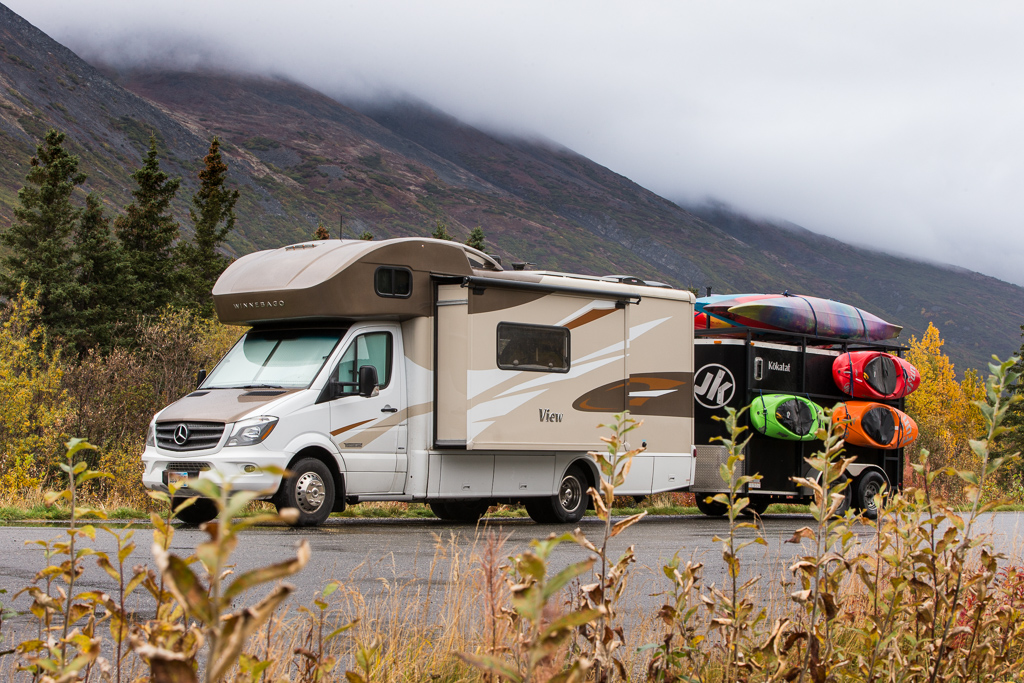
Biv-ou-ac /bivoak/
noun: bivouac, bivi, bivy, bivvy -any variety of improvised campsite or shelter that is usually of a temporary nature.
verb: bivi, bivy, bivvy - to camp unexpectedly in an improvised location
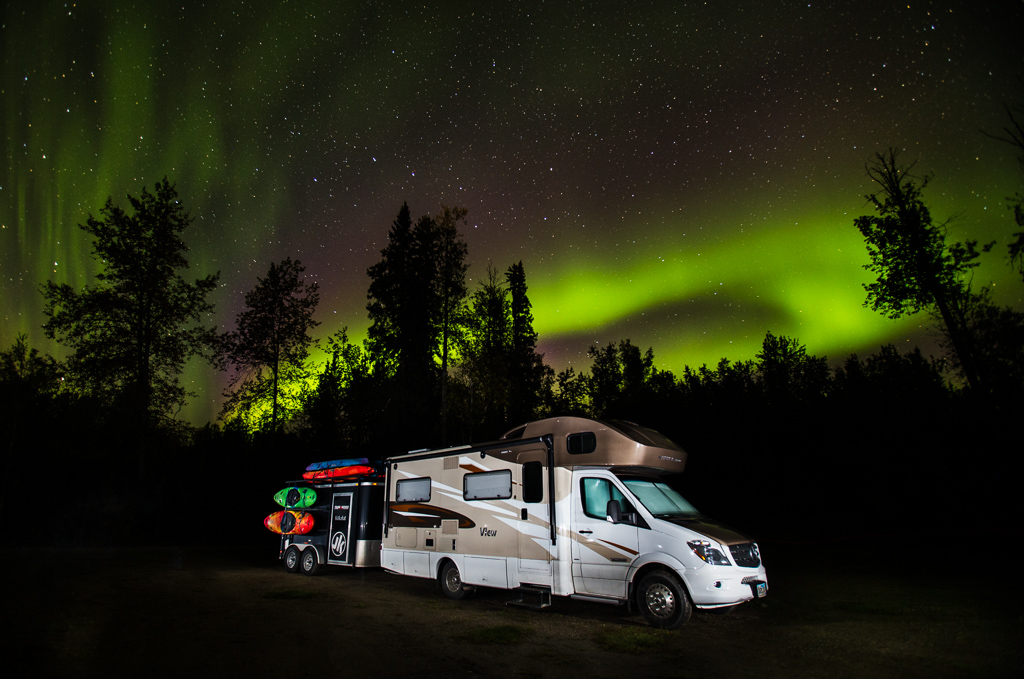 In Alaska, extraordinary bivvy sites are plentiful. This boat ramp just outside of Fairbanks was the perfect location to take in the aurora borealis.
In Alaska, extraordinary bivvy sites are plentiful. This boat ramp just outside of Fairbanks was the perfect location to take in the aurora borealis.
While we are meticulous planners of great adventures in the wild, we rarely consider our nightly accommodations as worthy of much forethought until the sun is well into its daily descent. With that kind lackadaisical approach to selecting a location to call home, you might think that we are content to while away our evenings harbored under the halide glow of the Walmart parking lot. And while we occasionally cave to the convenience of the home of the smiley faced-rollback leviathan on a cross-country dash, we hold that strictly as a last resort. With over a thousand nights of experience bivouacking over the past three years, we have learned quite a lot about where (and where not) to pull up the parking brake for the night.
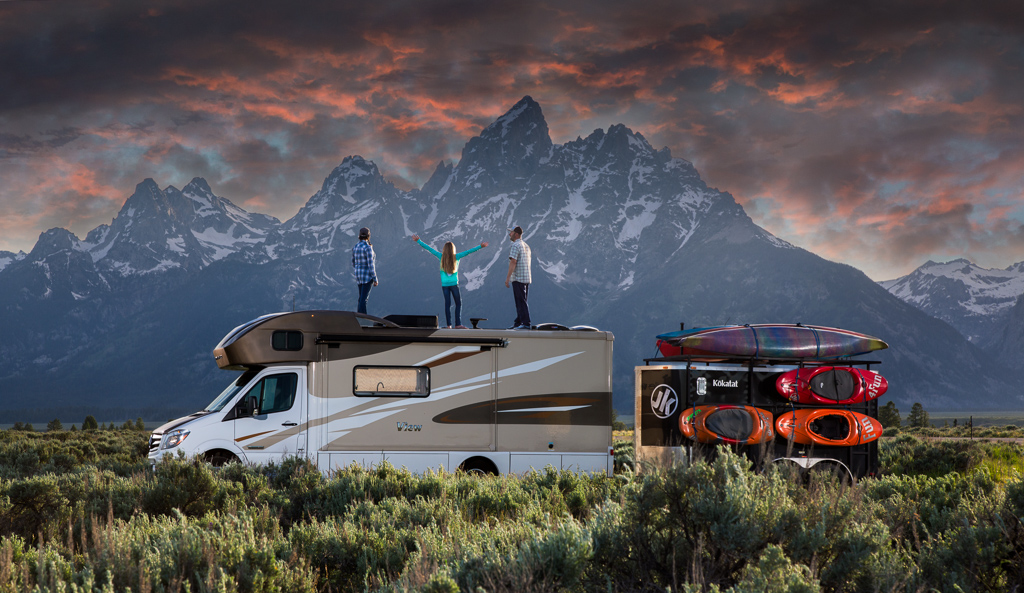 The perfect bivvy - in the National Forest just outside of Grand Teton National Park.
The perfect bivvy - in the National Forest just outside of Grand Teton National Park.
Our ideal bivvy is usually off the beaten path, but not too far out of the way. The roads must be navigable in our low clearance, two-wheel-drive Winnebago View (although we definitely push the limits on our off-road capability from time to time). Give us a spot with a view, a river and no one else in sight, and we've found paradise. Here are a few tips that we've learned over the years to help locate the ideal bivvy.
#1 Get out of the city! Honestly, after about 24 hours in a metroplex we are ready to retreat to the sanctity of the wilderness. There are WAY more options once you escape the street lights and sidewalks of civilization. If for some reason you do find yourself in an inescapable urban conundrum, we use the AllStays app to locate a Walmart, CrackerBarrel, Sam's Club or church parking lot to hunker down until we can get the heck out of Dodge. Park and Ride lots or other public transit parking lots often work in a pinch, although they sometimes require an overnight fee. Regardless of where you stay in the city, blackout blinds are paramount to keep out light pollution and to remain inconspicuous if you are uncertain whether or not overnight parking is allowable in a given location.
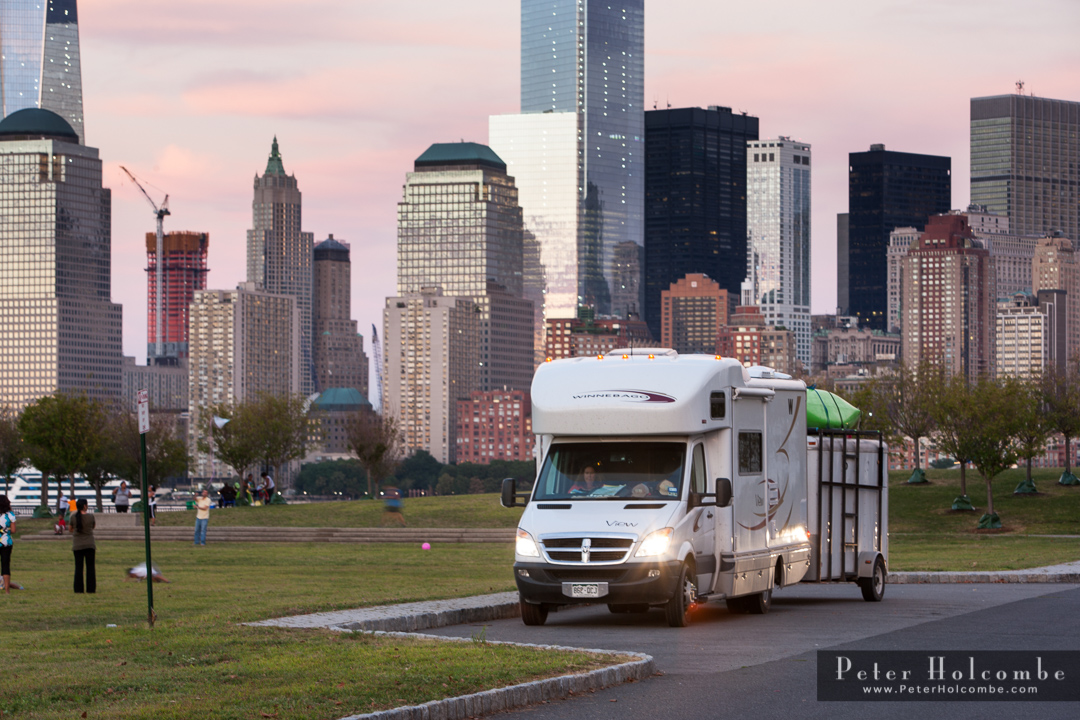 When we visit the city, we typically park in the outskirts and use public transportation to check out the sights. Here we are at the ferry terminal in Liberty Park, New Jersey with the Big Apple in the background.
When we visit the city, we typically park in the outskirts and use public transportation to check out the sights. Here we are at the ferry terminal in Liberty Park, New Jersey with the Big Apple in the background.
#2 It's best in the West! There are copious amounts of public lands scattered across the western United States that are peppered with inconspicuous campsites for the savvy road warrior in the know. Here, Google Earth is our best friend. Using the satellite view, we scour desolate desert roads in search of a pullout to call home. It also helps us get a feel for the ruggedness of the terrain and if there is adequate space to turn our 44 foot Casa de Bago around. Don't get me wrong, we spend a good chunk of time in the East, but the land east of the Mississippi River is almost completely developed and privately owned, which makes it tricky (but not impossible) to bivvy outside of a campground.
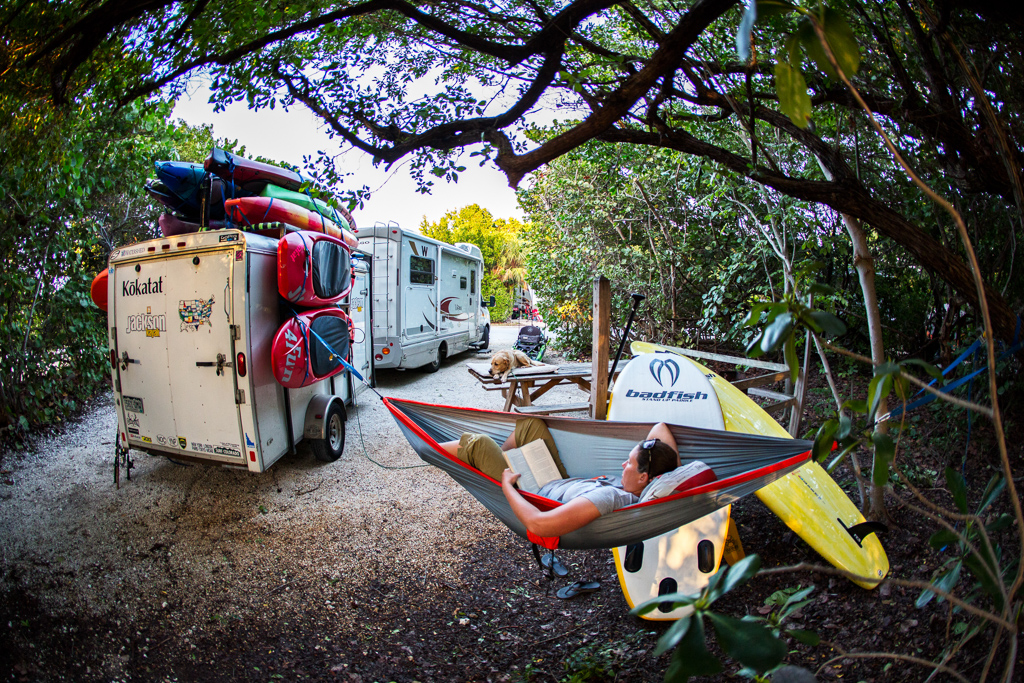 Camping in the Florida Keys is one of the most difficult places to bivvy. The state parks are a great alternative if you can get a reservation. Here we are in Bahia Honda State Park.
Camping in the Florida Keys is one of the most difficult places to bivvy. The state parks are a great alternative if you can get a reservation. Here we are in Bahia Honda State Park.
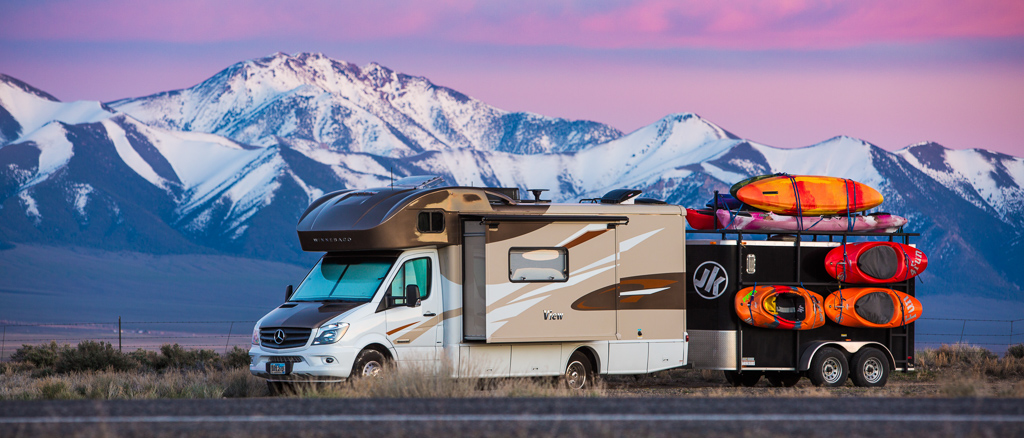 A roadside pullout near Great Basin National Park, NV.
A roadside pullout near Great Basin National Park, NV.
#3 Don't be afraid to use a pullout on the side of the road. There are amazing places to stay on many scenic highways and byways across America. Just make sure that the pullout you choose is large enough that you can stay a safe distance from the road and never stay on the outside of a bend. That way you can rest assured that a drowsy or impaired driver won't take you out in the middle of the night.
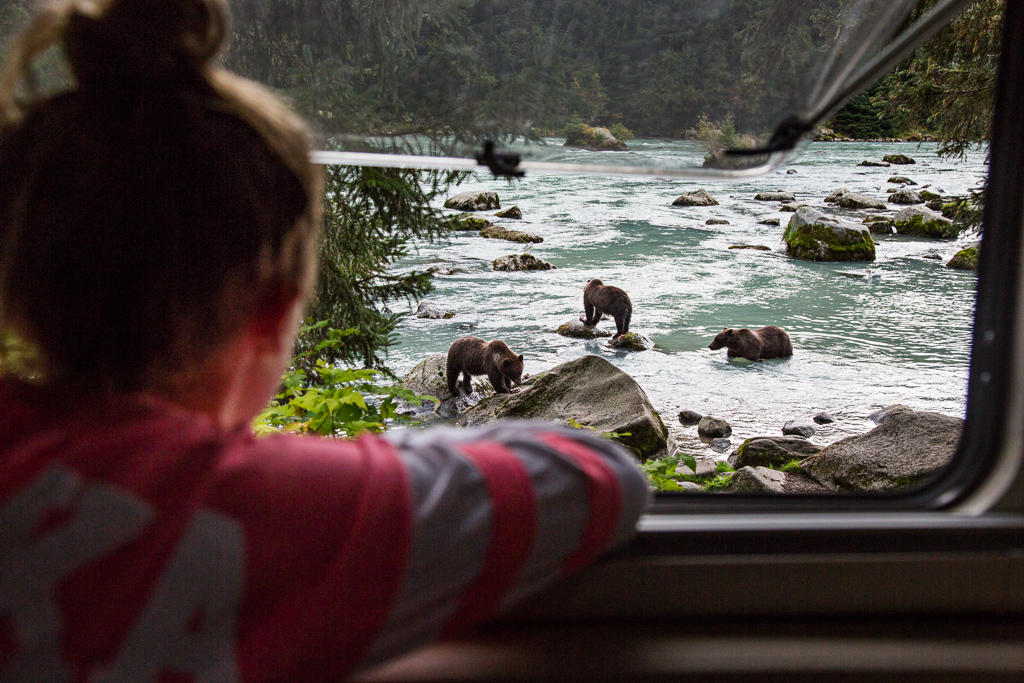 You never know what you are going to see while in a roadside pullout in Alaska. Here Abby keeps a watchful eye on a grizzly bear and her cubs from the safety of the View.
You never know what you are going to see while in a roadside pullout in Alaska. Here Abby keeps a watchful eye on a grizzly bear and her cubs from the safety of the View.
#4 For interstate travel, truck stops and rest areas are a possibility, but are often crowded and noisy. Walmart can be better, but often have noisy shoppers coming and going at all hours of the night. Smaller communities often have municipal parks that allow overnight camping. We use the AllStays app to help us locate both free and paid camping options and other RV services (such as propane and dump stations) when we find ourselves in a pickle.
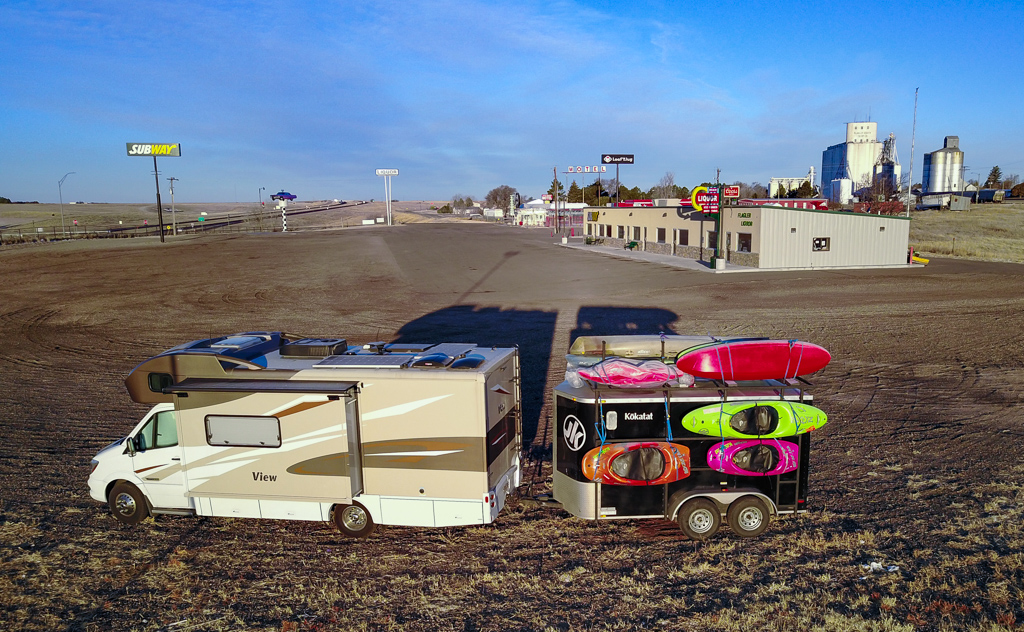
#5 Go big or go home - ok going home isn't really an option for us since we sold our house in 2014, but we have certainly become bolder over the past three years about where we pull up the parking brake. And honestly, we have only been asked to move twice in over a thousand bivouacs. When boondocking in a questionable location, it is best to arrive late and leave early so as not to overstay your welcome. Keep the slide in and the blackout blinds pulled tight so that you remain as inconspicuous as possible. And most importantly, always proceed with confidence. If you look like you know what you're doing, most people won't even think twice about whether or not you are supposed to park in any given location.
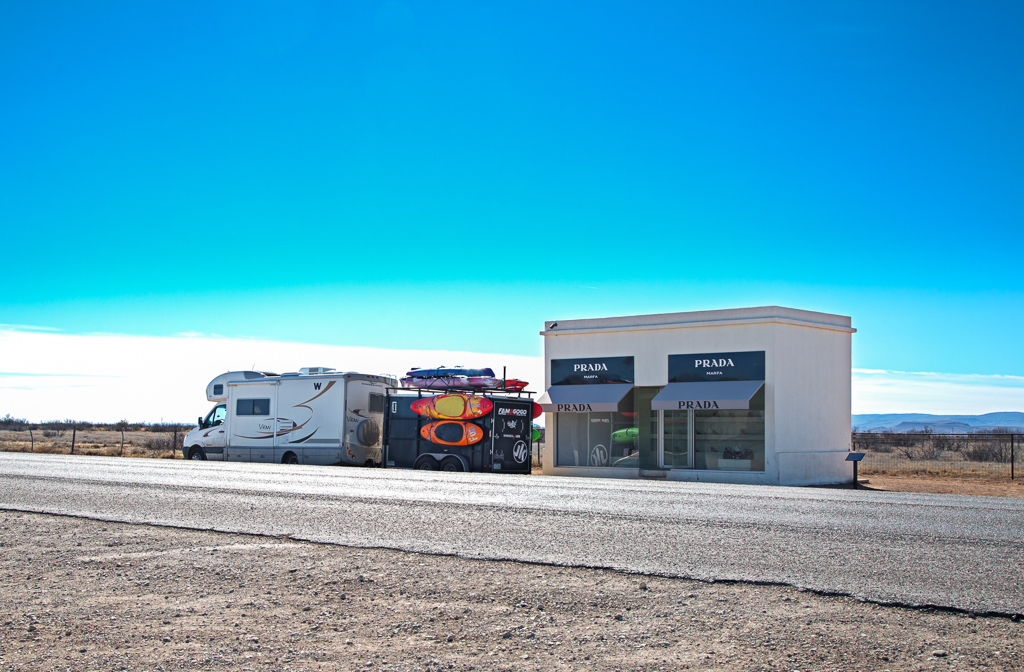 When all else fails, just pretend like you know what you're doing.
When all else fails, just pretend like you know what you're doing.
So there you have it, the secret is out. The preceding 5 tips have allowed us to boondock over 1,000 nights in 49 states and six provinces: from coast to coast and border to border. While it may take a little more effort than pulling into that crowded KOA, but it allows us to travel more economically and has forced us down the less beaten path which, not surprisingly, has led to the discovery of some truly incredible places.
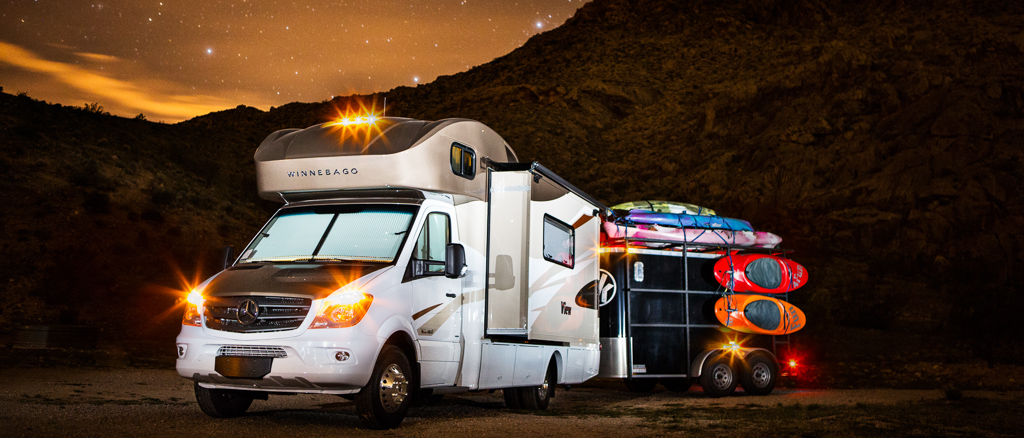 One of our favorite free BLM camping areas in the Virgin River Gorge in Arizona.
One of our favorite free BLM camping areas in the Virgin River Gorge in Arizona.
Comments
Comments on this post are moderated, so they will not appear instantly. All relevant questions and helpful notes are welcome! If you have a service inquiry or question related to your RV, please reach out to the customer care team directly using the phone numbers or contact form on this page .